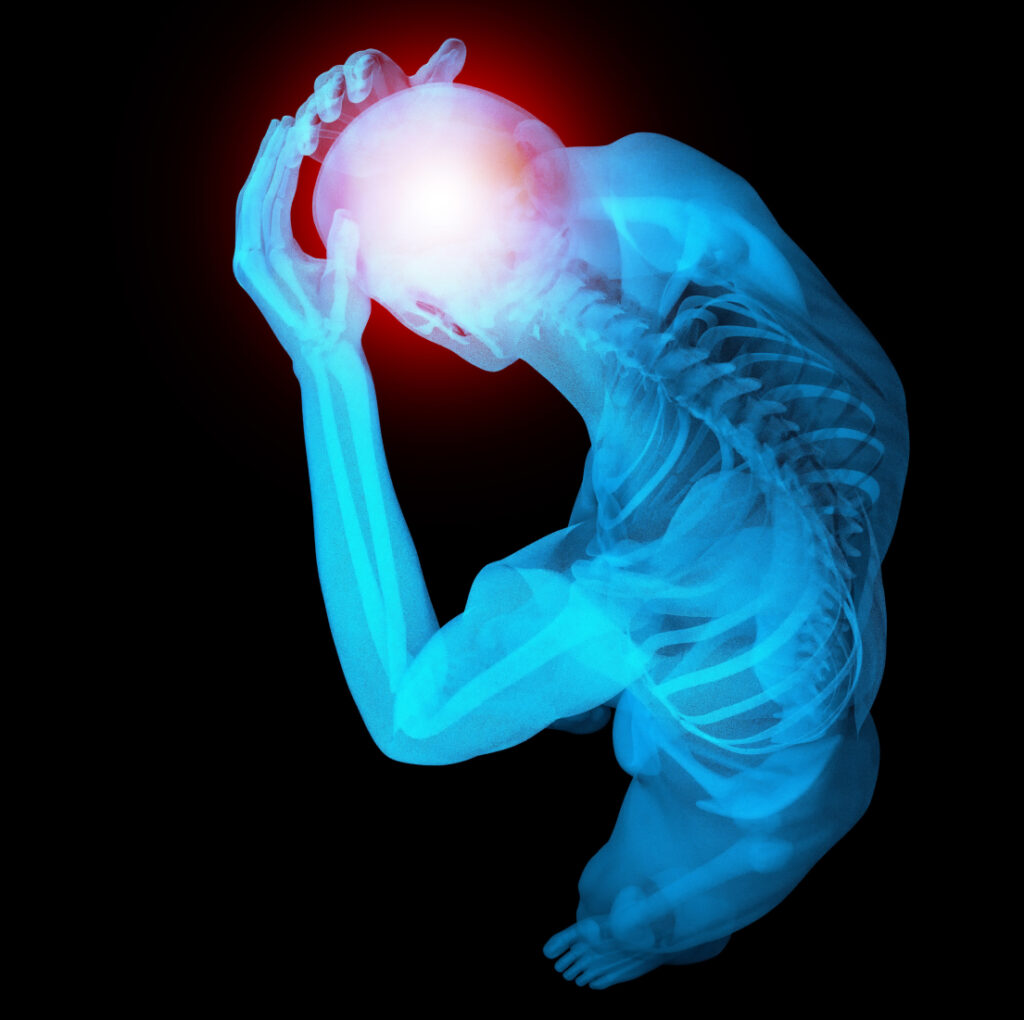Types of Vestibular disorders
- BPPV (Benign Paroxysmal positional vertigo)
- Post Traumatic BPPV (BPPV after head injury)
- Vestibular neuritis (Inflammation of the vestibular nerves)
- Uni or Bilateral Vestibular Hypofunction.
- Vestibular Migraine (Migraines episodes with dizziness)
- Cervicogenic dizziness (dizziness due to neck issues)
- 3PD (Chronic dizziness)
- Occular Dizziness (Dizziness with visual stimulus)
- Post concussion syndrome (Vestibular Dysfunction)

Types of Vestibular Disorders
The vestibular system plays a crucial role in maintaining our balance and spatial orientation. It consists of a complex network of structures within the inner ear and brain that work together to provide us with a sense of equilibrium. However, when this system malfunctions, it can lead to various vestibular disorders. In this essay, we will explore some of the most common types of vestibular disorders and their symptoms.One of the most prevalent vestibular disorders is called benign paroxysmal positional vertigo (BPPV). BPPV occurs when tiny calcium crystals within the inner ear become dislodged and migrate into the semicircular canals. This displacement disrupts the normal flow of fluid, causing sudden episodes of vertigo, dizziness, and loss of balance. These symptoms are typically triggered by specific head movements, such as rolling over in bed or tilting the head backward.Another common vestibular disorder is Meniere’s disease. It is characterized by recurring episodes of vertigo, fluctuating hearing loss, tinnitus (ringing in the ears), and a feeling of fullness in the affected ear. Meniere’s disease is believed to be caused by an abnormal buildup of fluid in the inner ear, leading to increased pressure and disruption of the vestibular system. The exact cause of this disorder is still unknown, but it is thought to be associated with factors such as genetics, allergies, and autoimmune reactions.Vestibular neuritis is a viral infection that affects the vestibular nerve, causing inflammation and disruption of its function. This condition typically presents with sudden and severe vertigo, accompanied by nausea, vomiting, and difficulty maintaining balance. It often follows a viral upper respiratory infection and can last for several days to weeks. Vestibular neuritis usually resolves on its own, but in some cases, vestibular rehabilitation therapy may be required to help patients regain their balance.Labyrinthitis is another vestibular disorder that shares similarities with vestibular neuritis. It is an infection or inflammation of the labyrinth, which is the part of the inner ear responsible for balance and hearing. Labyrinthitis can cause sudden vertigo, hearing loss, tinnitus, and a feeling of pressure or fullness in the ear. It is often accompanied by symptoms of an upper respiratory infection, such as fever and ear pain. Treatment for labyrinthitis may include medications to reduce inflammation and manage symptoms, as well as vestibular rehabilitation therapy.Mal de Debarquement syndrome (MdDS) is a rare vestibular disorder that occurs after prolonged exposure to motion, such as a boat or plane ride. Individuals with MdDS experience a persistent sensation of rocking or swaying, even when they are on solid ground. This sensation can be debilitating and significantly impact daily life. The exact cause of MdDS is still unknown, and there is currently no cure. However, treatments such as physical therapy, medications, and cognitive-behavioral therapy can help manage the symptoms.In conclusion, the vestibular system is essential for maintaining our balance and spatial orientation. When this system malfunctions, it can lead to various vestibular disorders, each with its own set of symptoms and causes. Understanding the different types of vestibular disorders can help individuals seek appropriate medical attention and receive the necessary treatments to improve their quality of life.
